A CATALYST FOR CHANGE
2021 Annual Report
A Catalyst for Change
2021 Annual Report
Dear SafeSport Community,
The U.S. Center for SafeSport has worked tirelessly since 2017 to end abuse and misconduct across and beyond the U.S. Olympic and Paralympic Movement. In 2021 we accelerated our transition from an emerging entity confronting unprecedented challenges to a mature organization fortifying an athlete safety framework built to last for generations.
This past year, we established new benchmarks in every function of our work despite the COVID-19 pandemic uncertainty that lingered across sport and public life. We resolved more abuse and misconduct reports than in any of our previous four years. Conducted more audits. Trained more people. Delivered more courses. And produced more education and support resources to increase athlete safety know-how across sport.
Last year, we received more than 70 reports of abuse and misconduct per week—a testament that people are increasingly aware of our work and how we can help, but a clear sign that inappropriate and damaging behavior still pervades sport in high frequencies, at all levels.
Our regular dialogues with athletes, lawmakers, coaches, and other sport leaders remind us that our work is not about numbers, but about hearts and minds.
By reinforcing awareness, vigilance, and mutual respect, we build positive sport cultures in which abuse and misconduct cannot fester. By highlighting principles behind the athlete safety policies we enforce, we enlist organizations as allies in preventing inappropriate behavior. By building partnerships and inspiring conversations on once-taboo topics, we empower athletes to feel confident in settings where we play, compete, and thrive.
We entered 2022 better equipped than ever—with 40% more staff than we had at the start of 2021—to pursue our mission of making athlete well-being the centerpiece of our nation’s sport culture through abuse prevention, education, and accountability. We are ready and resolute in our commitment to make sport a safe place for everyone.
Podcast
Leading Culture Change in Sport: A Conversation with Ju'Riese Colón and Jessica Herrera-Flanigan
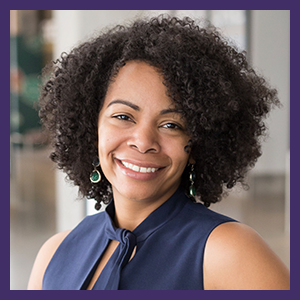
Ju’Riese Colón
Chief Executive Officer
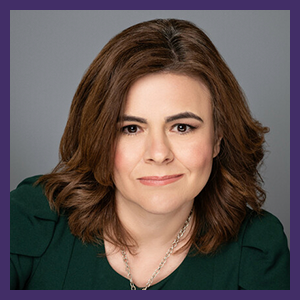
Jessica Herrera-Flanigan
Board Chair
Our Story
As reports of sexual abuse in amateur sport made headlines in the 2010s, it became clear that America needed an independent organization to prevent abuse and misconduct in sport, and providing a fair and effective system to investigate cases and respond to allegations across the U.S. Olympic and Paralympic Movement. See our Impact Report detailing how the Center has filled this need since opening in 2017.
2021 Center Milestones
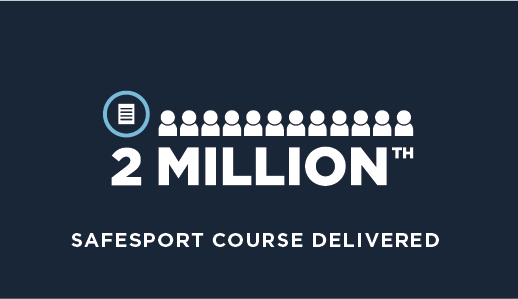
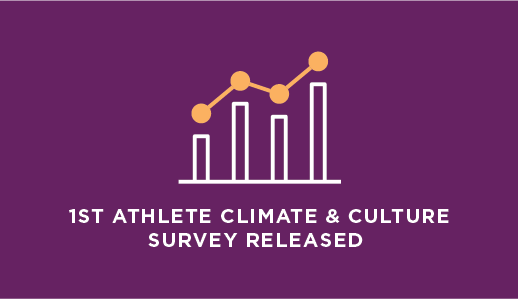
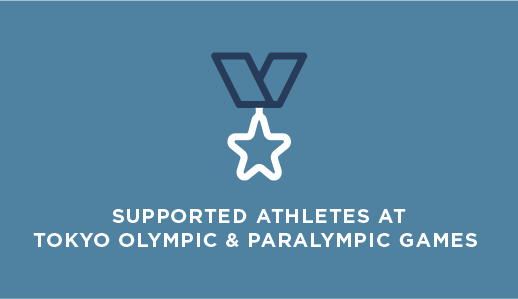
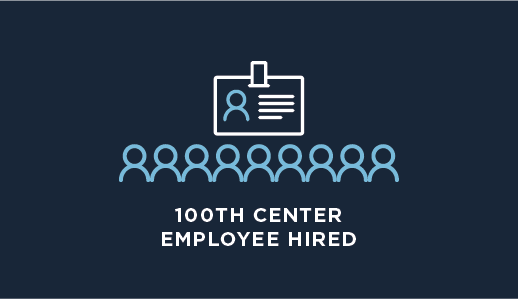
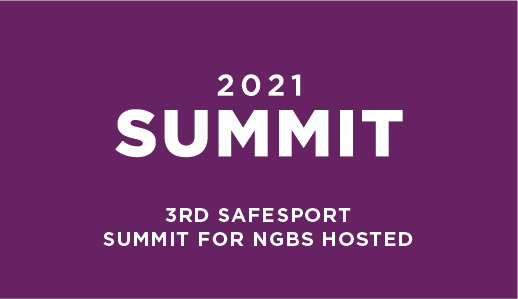
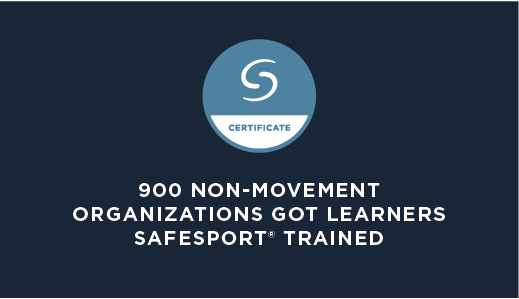
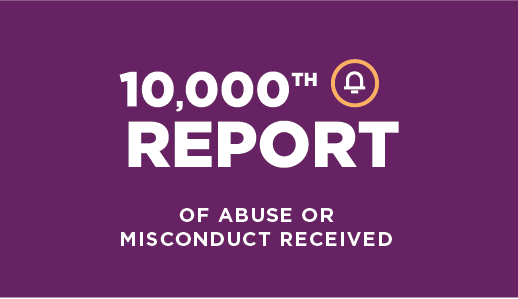
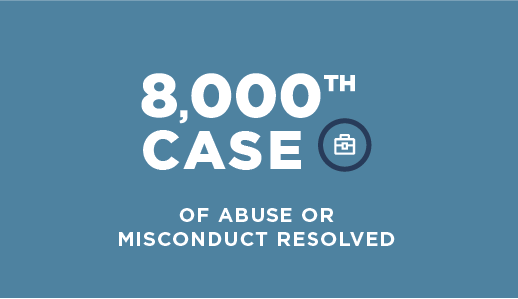
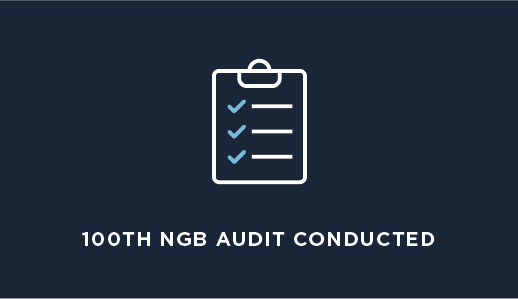
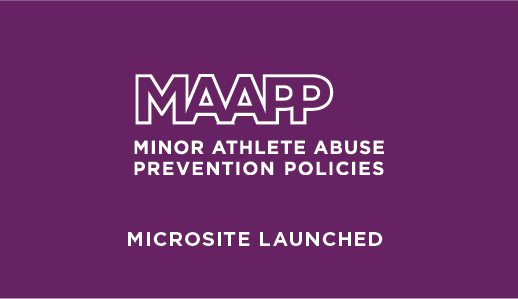
Guided by Strategic Priorities
In 2021, the Center embarked on the first year of its 2021-23 Strategic Plan that outlines goals, initiatives, and measures to help assess progress in pursuit of its mission.
Strategic Plan Themes
Ensure consistent execution of investigations, audits, and prevention programs, and drive culture change through individual and organizational accountability throughout the Olympic and Paralympic Movement.
Identify collaborative partners to secure research opportunities, share best practices, policies, and resources, and generate awareness of the Center.
Build trust with athletes and sport communities by delivering relevant messaging to athletes, coaches, participants, parents, and other core stakeholders.
Develop a diverse funding program to supplement support received from the Olympic and Paralympic Movement and the federal government.
Build and develop the staff and Board of Directors to meet the growing needs of the Movement.
Preventing
Changing Culture Through Education
In 2021, Center trainings and policy guidance were presented in new and accessible formats.
The Center’s Champion in Every Corner podcast series produced nine new episodes on topics including grooming and creating inclusive environments.
Animated primers were produced to train Team USA volunteers at the Tokyo and Beijing Games, and a six-episode animated RoadMAAPP series was produced to concisely break down Minor Athlete Abuse Prevention Policy fundamentals for general audiences.
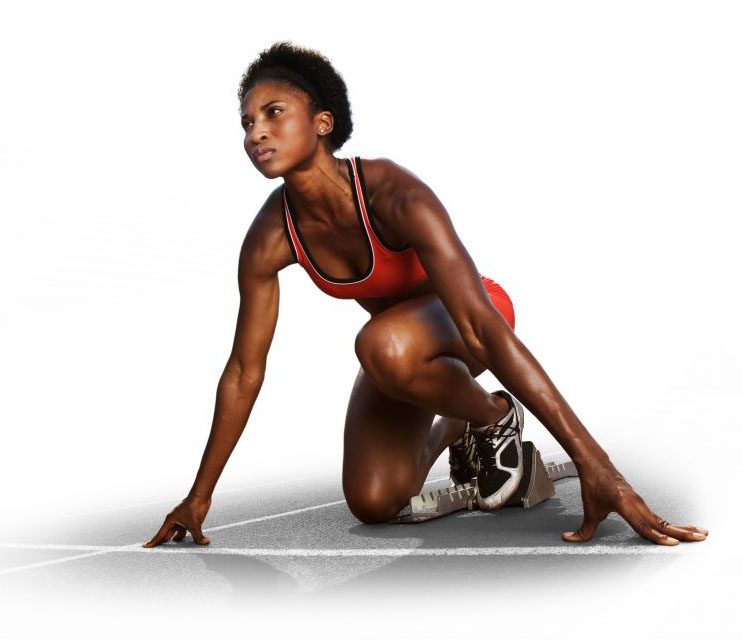
To improve user training experiences, most National Governing Bodies in 2021 migrated to the Center’s new training platform at SafeSportTrained.org (some NGBs access this through their own portal). Along with delivering over 950,000 courses in 2021, the Center reached 4,963 people through 105 live trainings on topics such as mandatory reporting and bullying prevention.
of SafeSport® Core Trained learners were satisfied with the course
of Core Trained learners felt better prepared afterward
online courses delivered in 2021
Ensuring Accountability
Individual
The Center in 2021 received a record-high 3,708 reports of abuse and misconduct, over 60% more than in 2020. The Center reduced resolution times for nearly all case types, and in total resolved 2,868 cases in 2021, 18% more than in 2020, while continuing to give cases the depth of investigation they require.
Our staff of expert, caring professionals carries out the investigative process fairly for claimants, respondents, and third parties alike.
Organizational
The Center audits NGBs and the USOPC to assess their adherence to abuse prevention standards articulated in the Center’s Audit and Compliance Manual, and based on the SafeSport Code and the MAAPP.
These regular and random audits help the Center ensure Olympic and Paralympic organizations comply with required abuse prevention and training policies, and identify process and operations gaps to better safeguard athletes.
Hear About
Center Administrative and Event Audits
Organizational
The Center audits NGBs and the USOPC to assess their adherence to abuse prevention standards articulated in the Center’s Audit and Compliance Manual, and based on the SafeSport Code and the MAAPP.
These regular and random audits help the Center ensure Olympic and Paralympic organizations comply with required abuse prevention and training policies, and identify process and operations gaps to better safeguard athletes.
Hear About
Center Administrative and Event Audits
Audits Conducted in 2021
pre-audit event-site visits
Approved NGB-tailored MAAPP Policies
"My family sleeps at night because SafeSport worked."
— Carrie Kehring
parent of survivor and founder, WeRideTogether
"What SafeSport provides, in terms of an educational component, is the heart and soul of how we keep our kids safe."
— Nate Becker
Colorado wrestling coach
Financial year in review
The Center finished 2021 on strong financial footing as it fortifies its balance sheet to prepare for likely operating expense increases in the years ahead.
Much of the 2021 surplus has been allocated to operating reserves to support long-term financial sustainability, as the Center works toward its goal of establishing a reserve that would fund six months of operations. The Center’s prudent cost-side approach is reflected in several hires deferred until 2022 and a conservative approach to fees, travel, and other administrative expenses.
The Center’s largest source of revenue—a Congressionally mandated annual payment of $20 million from the U.S. Olympic & Paralympic Committee—will remain static in upcoming years, unadjusted for inflation. Meanwhile, cost-of-living increases and staff growth to meet increasing report volumes will decrease spending power in the years to come. The Center’s building of operating reserves and diversification of revenue streams to supplement federally mandated funding aim to mitigate the impact of this adverse financial trend.
Revenue ($24.53M)
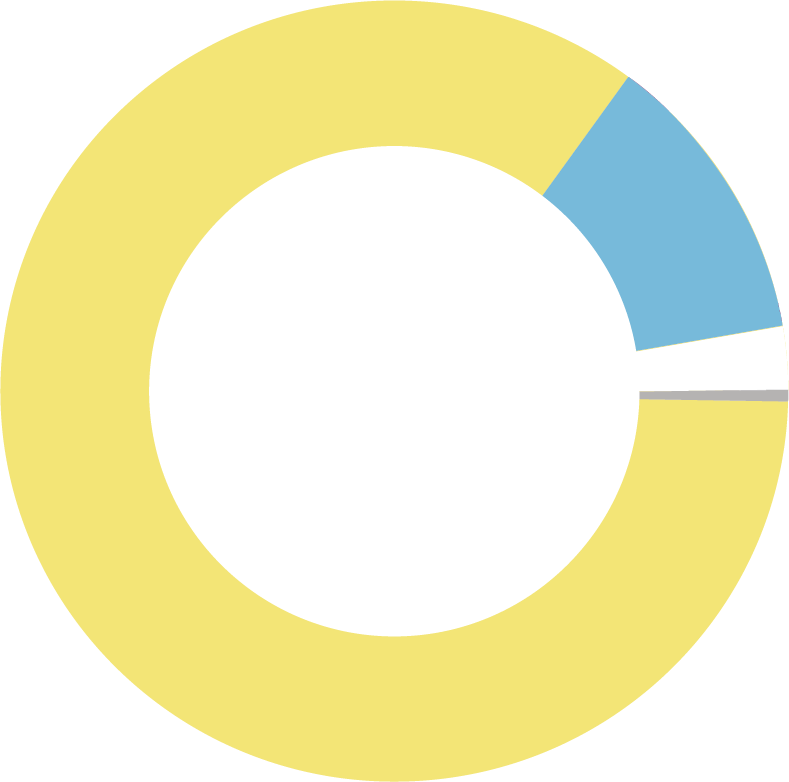
- USOPC Fees: 81.5%
- Grant Revenue: 13.6%
- Fee for Service: 4.4%
- Contributions & Other Income: 0.5%
Expenses ($21.36M) 1
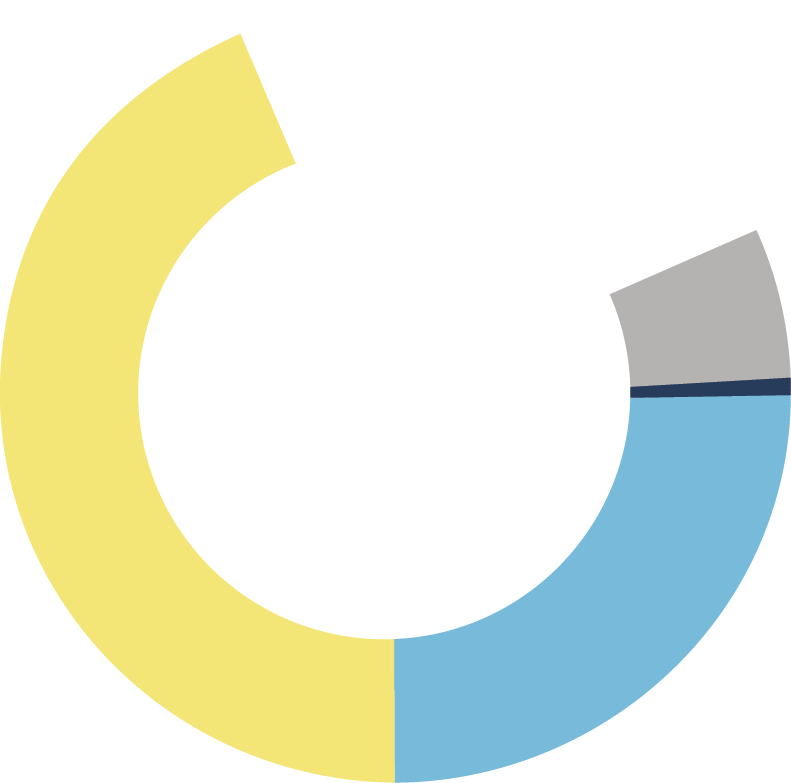
- Response & Resolution: 49.0%
- General and Administrative: 21.9%
- Education & Outreach: 22.4%
- Audit & Compliance: 6.0%
- Fundraising: 0.6%
Revenue ($24.53M)

- USOPC Fees: 81.5%
- Grant Revenue: 13.6%
- Fee for Service: 4.4%
- Contributions & Other Income: 0.5%
Expenses ($21.36M) 1

- Response & Resolution: 49.0%
- General and Administrative: 21.9%
- Education & Outreach: 22.4%
- Audit & Compliance: 6.0%
- Fundraising: 0.6%
View Our FINANCIAL Statements
1 The Center’s Response & Resolution expenditures ($10,474,044) represented 52.4% of the $20 million in funding from the USOPC, to meet a statutory requirement related to funding for the resolution of cases.
Connections and Collaborations
Governance
The Center is overseen by a volunteer Board of Directors whose members reflect knowledge and experience on a variety of topics including child safety, ethics, compliance, law, health care, and sport administration.
Each board member participates on at least one board subcommittee—Audit, Finance, or Nominating & Governance—aided by non-board committee members with targeted expertise.
Allied Perspectives
Adaptive sports leader Move United opens up sport to all athletes regardless of ability: hear their leadership talk about Center partnership.
Partnerships
The Center in 2021 brought together advisory groups for athletes and youth, as well as coach listening sessions, to ensure voices of important stakeholders are heard.
Athletes contributed centrally to the Center’s Athlete Culture & Climate Survey administered by the Institute to Promote Athlete Health & Wellness at the University of North Carolina at Greensboro. Athletes also shared perspectives on abuse and misconduct, power imbalances, inclusivity, and mental health at the Center’s October SafeSport Summit for NGBs, a two-day virtual event that brought together over 140 NGB leaders and staff for conversation and problem-solving.
The Center this year formalized a multi-year partnership with Los Angeles Recreation and Parks to connect their staff—and the kids and parents they serve—with SafeSport practices in community settings as the city expands its youth sport activities with a PlayLA program made possible with investment from the International Olympic Committee and the LA28 Olympic and Paralympic Games. And the Center is engaging in dialogues with sport leaders beyond our borders (representing 13 countries in 2021) to help other countries and international associations develop safe sport programs in their spheres of influence.
More than 900 organizations beyond the Movement have partnered with the Center to provide SafeSport online training for staff, coaches, athletes, volunteers, and others that play important roles in sport. The Center works with recreational programs and sport leagues to reach new and large audiences not only through training, but also by connecting them with our library of free resources and featured content. A new Center partnership with NBC Sports Next’s SportsEngine brings abuse prevention content to millions of parents, coaches, and kids.
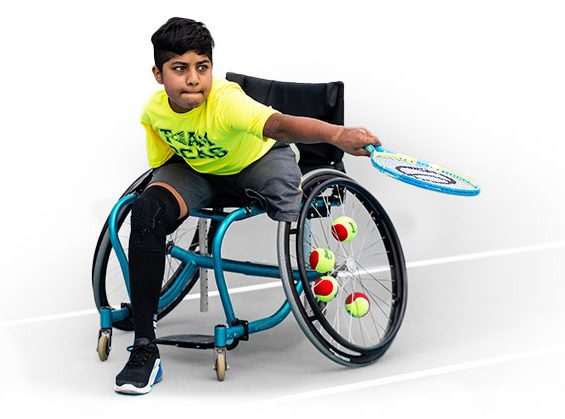
Please work and advocate for abuse prevention in your community.
Get trained through courses and resources available at SafeSportTrained.org.
Advocate for abuse prevention policies like the MAAPP in your (or your child’s) sport or recreation organization.
Be a positive bystander and take prompt prudent action in settings where an athlete is at risk.
If you’re in the U.S. Olympic and Paralympic Movement, be certain you are familiar with the safety policies that govern your sport activity, be sure you and colleagues are SafeSport® Trained, and engage your athletes in meaningful dialogue on safety in sport.
Make a gift today!
